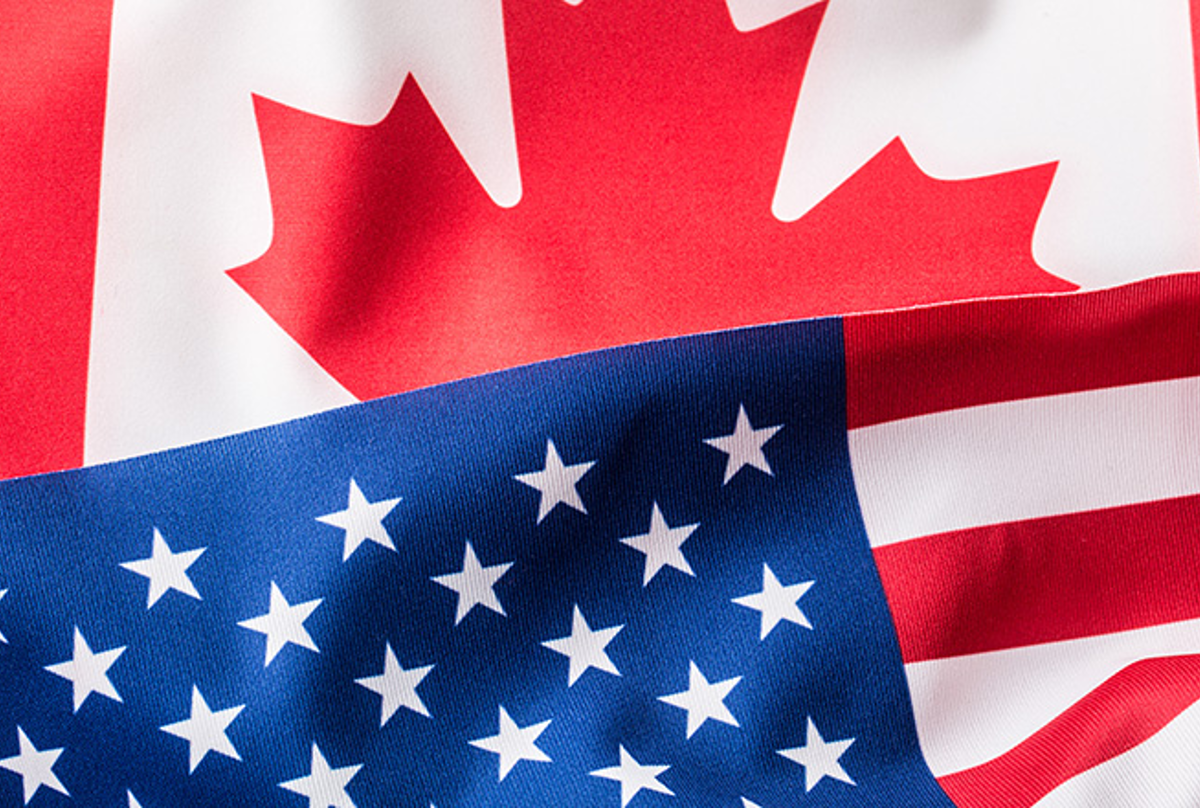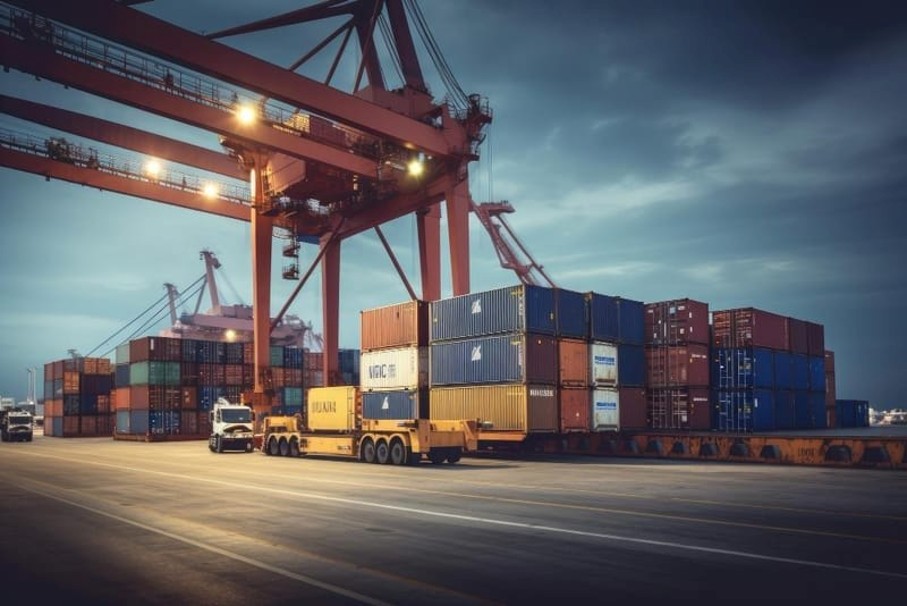Government/Policy

August 3, 2021
EU-U.S. Target Nov. 1 for Section 232 Accord: EU Official
Written by Michael Cowden
The United States and the European Union aim to resolve their differences around Section 232 tariffs on the EU by Nov. 1, an EU official said.
“On the U.S. Section 232, both sides confirmed readiness to find a solution by 1 November,” the EU official told Steel Market Update (SMU).
![]() “In terms of progress, both sides agreed to move forward with some concrete solutions in line with key parameters, such as restoring historic trade flows and to have a WTO-compliant system in order to avoid managed trade,” the official said.
“In terms of progress, both sides agreed to move forward with some concrete solutions in line with key parameters, such as restoring historic trade flows and to have a WTO-compliant system in order to avoid managed trade,” the official said.
The U.S. Commerce Department and the Office of the U.S. Trade Representative (USTR) did not respond to requests for comment for this article.
The White House confirmed in June that the U.S. and EU were seeking to resolve “existing differences” on Section 232 tariffs on steel and aluminum by the end of the year.
Section 232 tariffs, 25% in the case of steel and 10% in the case of aluminum, were rolled out by the administration of former President Donald Trump in 2018. The action came as a surprise at the time because the national security tariffs were applied to traditional U.S. allies such as the EU.
Steel consumers in general oppose Section 232. But the national security tariffs and quotas have been popular with U.S. mills and the United Steelworkers (USW) union.
The American Iron and Steel Institute (AISI), a lobbying group for U.S. mills, has said that U.S.-EU talks to resolve their differences over Section 232 don’t necessarily mean the national security tariffs will be lifted anytime soon.
And Cleveland-Cliffs President and CEO Lourenco Goncalves said during CRU’s Steel Decarbonization Strategies 2021 Virtual Conference earlier this summer that Section 232 tariffs could be replaced by a carbon border adjustment process.
“Section 232 was never supposed to be a permanent solution,” said Goncalves. “It was a stop-gap measure that played a very important role. Massive investments have been deployed in the U.S. due to Section 232. … It served its purpose.”
Goncalves stressed at the time that any such mechanism would have to account for Scope 1, Scope 2 and Scope 3 emissions.
Scope 1 refers to emissions generated directly by a producer such as a steel mill. Scope 2 refers to emissions related to the energy that powers that company. And scope 3 includes other emissions associated with a mill’s manufacturing process—such as emissions embedded in imported pig iron.
Section 232 tariffs have contributed in part to U.S. steel prices being the highest in the world. The price difference between domestic steel and that produced abroad has ballooned to its widest point ever.
By Michael Cowden, Michael@SteelMarketUpdate.com







